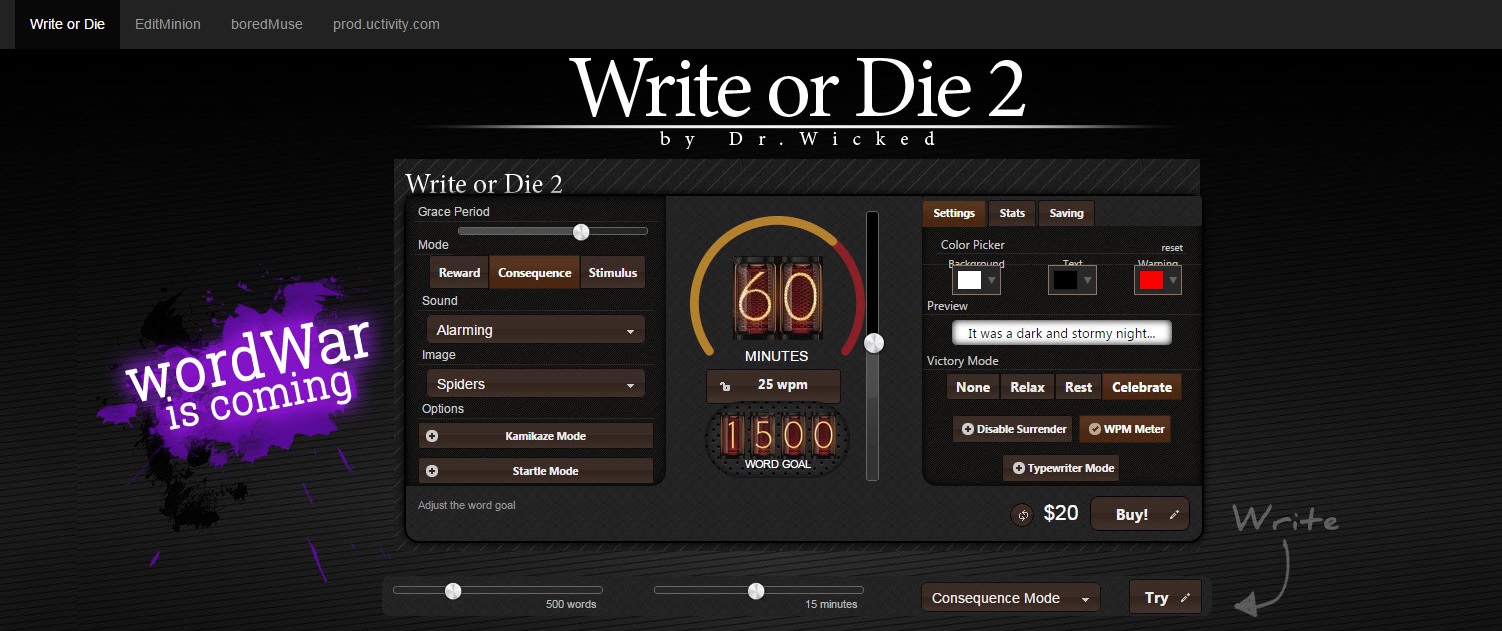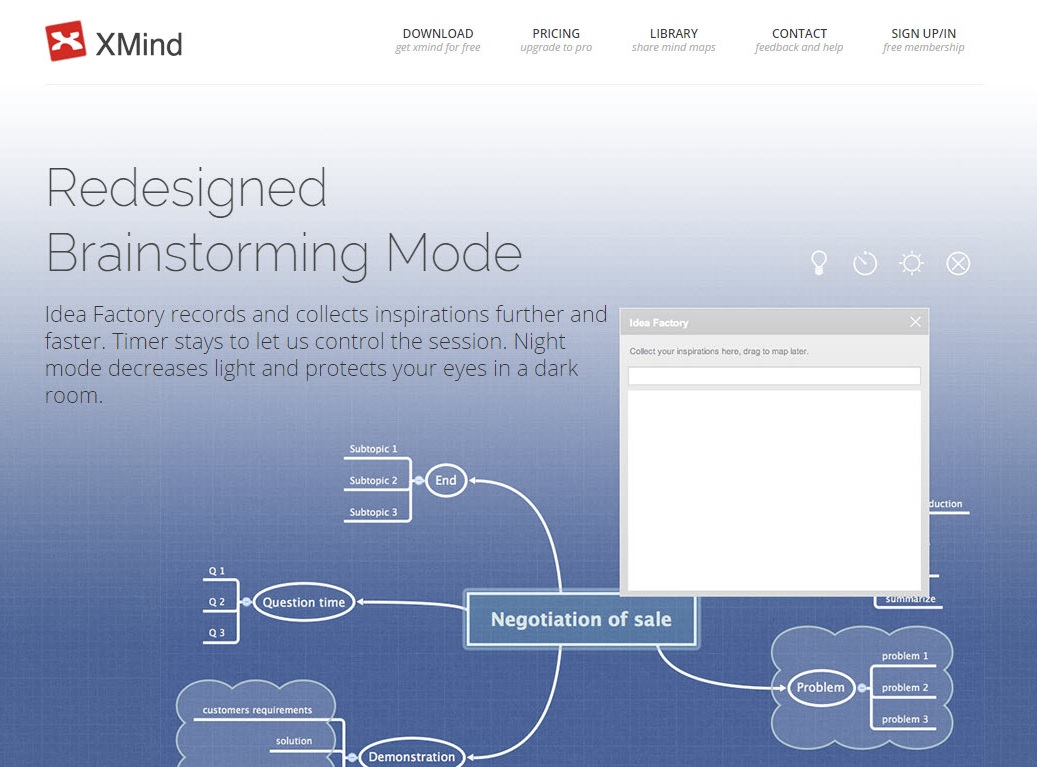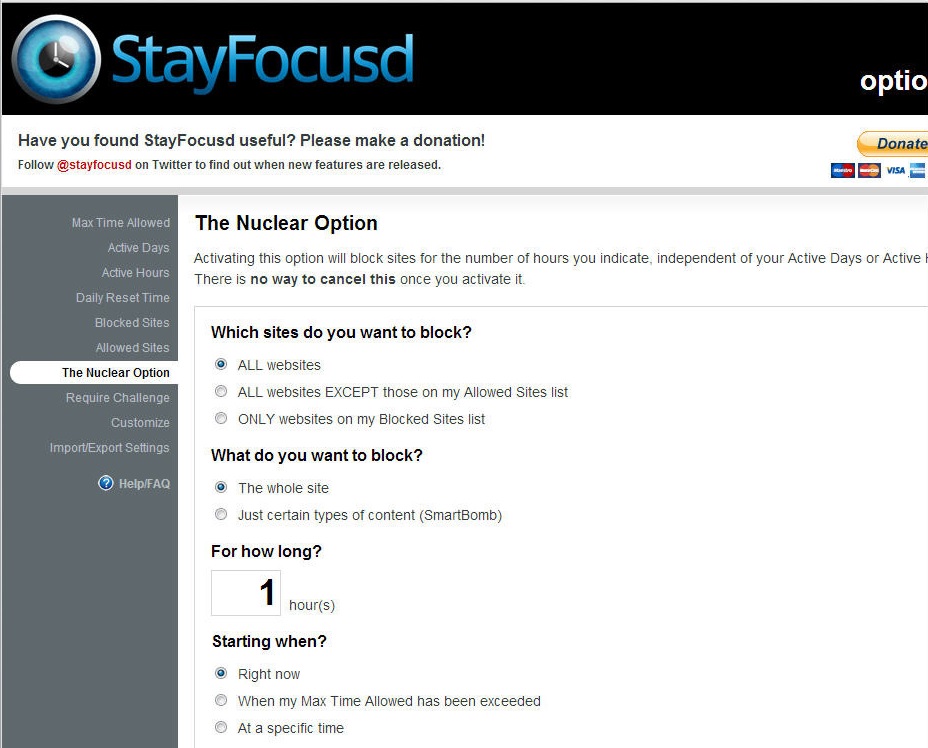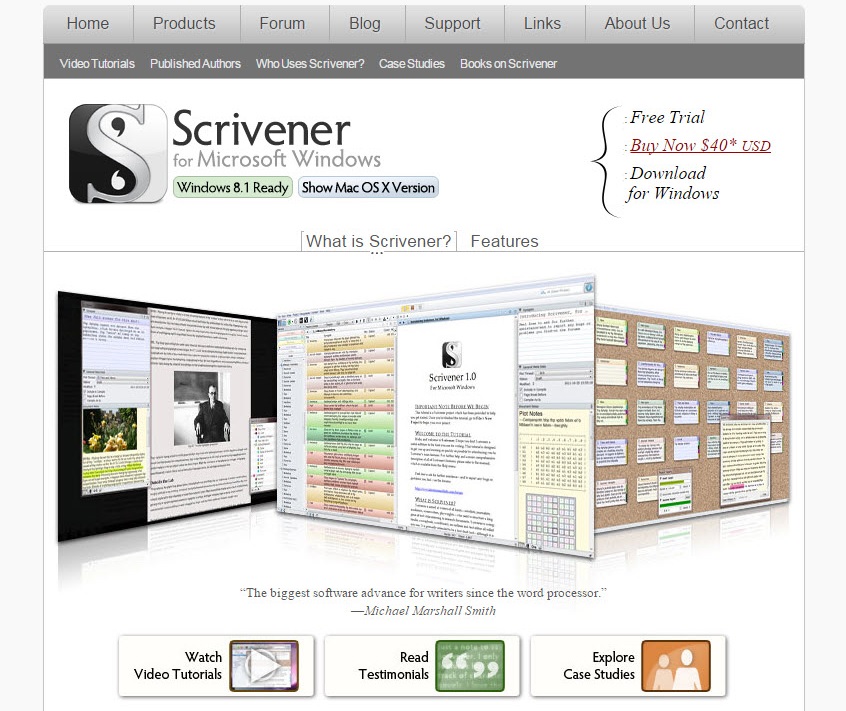How to Get Better at Content Marketing
June 24, 2015
2 Comments
4,278 total views, 2 views today
“60% of those who have a documented strategy rate themselves highly in terms of content marketing effectiveness, compared with 32% of those who have a verbal strategy,” according to the Content Marketing Institute.
The real benefits of content marketing
You may think you fully understand the benefits of content marketing, but let’s be realistic. The real, underlying purpose of content marketing is to make money.- When marketing professionals plan and execute a content marketing plan, it will drive traffic to your website and increase leads at the same time.
- If used properly, it can also help you qualify leads. Along the way, your content marketing will help you build more trust with your readers and develop authority.
- It can allow you to create brand advocates.
Content marketing allows potential customers to become long-term readers and fully understand the value your content brings. Typically, they aren’t reading your content because you have the cheapest prices, they’re there because of the experience you have already demonstrated with your content.
This fundamental increase in trust allows your company to increase pricing without your customers arguing because they can clearly see the extra value you provide.
According to Marcus Sheridan, also known as The Sales Lion, “content marketing has a huge impact on pricing and there is one reason why: when people love you, they don’t date around.” This is true regardless of your industry or whether it is B2B or B2C.
“I’ve said it 1,000 times and I’ll say it 100,000 more: great content is the greatest sales tool in the world… period.” – Marcus Sheridan
Brian Clark from Copyblogger also had this to say about content marketing:
“Another benefit is the groundswell effect. When you reach lots of people with content marketing, you sell lots of stuff. This in turn allows you to move into new levels of business, which can often correspond with much higher fees and prices. For example, you create a reasonably priced solution for the SMB market and it catches fire. This trickles up to the enterprise level where higher pricing is actually a requirement. It’s a good problem to have—and content is the catalyst.“
Content marketing can help businesses improve their brand image by producing and sharing quality content. According to research done by Kapost, content marketing provides up to three times more leads than traditional online advertising.
Other benefits of content marketing include:
- Increased inbound traffic to your website
- Improved brand awareness
- You become a thought leader in your industry
- Increased engagement with your target audience
- Natural link building for search engine optimization
- Improved lead generation
- More sales
Saving time with content marketing
Let’s face it, content marketing has many benefits, but it also requires a lot of time. When you need to get more content marketing done, here are a few options that will save you time:Experiment with the time you write
A lot of writers, including myself, prefer to write in the morning. However, this is not the most productive time for everyone. Some people find the evenings are best for getting writing done as it increases creativity. By changing the time you write and experimenting with different times, you can find the time that is the most productive for you.Changing your writing habits
After years of practice, I have found that I like to research my topic and create notes to organize what I plan to write. I frequently dump these notes into Evernote and then let them sit for hours or days before I start writing.This allows my brain to process what I am planning to write and come up with new ideas for additional content with possible new approaches to the topic before I start writing. The result is that I can write content faster.
Plan multiple months of content at once
Many content marketers find the hardest part of their job is figuring out about which topics they should write. They obviously want to pick topics that will engage readers. Filling in an editorial calendar can be a powerful way to plan content, and seeing the content laid out can also help generate more ideas.Finding topics for content
One method is to identify your audience’s needs. This can be part of creating your buyer persona. Once you have found a problem that your reader has, you can create a post that tells them how to solve the problem.Sometimes it can be helpful to create topics based on popular trends. Google Trends is a way to find out what is trending. Another good option is the Twitter Discover tab that will help you see current content trends in your industry.
Once you find a popular topic, you can then take the general topic and search commonly shared posts using Buzzsumo (more on this tool later in the post).
Your analytics can also be another great way to brainstorm content ideas. By finding popular content that your readers will enjoy and share, you can then expand upon those topics with additional content. Don’t forget to cross-link your new content so it’s easy for people to find from the existing popular articles.
Types of content that will engage your readers:
White papers
White papers have been called the “grandfather of content” and for good reason. White papers can be a powerful tool for lead generation, which is one of its most popular benefits. Since they contain educative content, they can be a form of learning with persuasion, which makes them a powerful tool.They can also demonstrate your company’s expertise and build brand image at the same time. Some companies take the opportunity to provide a short description about their company at the end of a white paper, which allows them to show their credentials and expertise. White papers can also be used for building a mailing list by requiring people to give their email address in order to download the white paper.
Case studies
Case studies can be a powerful way to demonstrate how your product or service has been used by customers in real life. This is a powerful opportunity for customers to show their success. Always make sure that the case study is not overly promotional or it will lose credibility.The list post
List posts are great for people that don’t have much time. You can include posts for best practices, the best way to save time with your product or service, best tips from users, best resources, and a lot more.Headlines for list posts work because they give a specific promise (i.e. seven ways to improve your content marketing). This quantifiable number gets the reader’s attention and tells them what to expect. It’s important when creating a list post that you provide a dense number of takeaways and little fluff. When necessary, include links to more in-depth information and always stay true to the subject/headline of your post.
Step-by-step how-to post
Step-by-step how-to posts are helpful because they can walk a reader through how to implement the topic from beginning to end. For these posts, it’s important to provide as many pictures as necessary to show the user exactly what they need to do.It can also be beneficial to have a coworker or friend step through the process to make sure you haven’t left out any steps. Once you have verified that it works correctly, then you can move forward with the editing process.
Tie in with current trends
Whether you’re watching current trends on Twitter, Google Trends, or some other method, writing about popular trends can be a powerful way to get your content read. These posts can be a challenge to brainstorm however, because you need to find a common thread between your niche and the popular trend.Here is a popular trend on Google featuring Bob Barker and Adam Sandler:

After finding that Bob Barker is currently trending with over 20,000 searches, you might be able to create a blog post topic like:
Attention Bob Barker: The Price is Right for Content Marketing!
Guest posts
Even though Matt Cutts stated that guest posts were dead for getting backlinks, they still hold value as a means of getting your content read. Make sure, when you guest post, you provide excellent quality content and only post to high-quality sites.Simplifying your content
It’s a common mistake for writers to want to include every possible detail about a topic within a piece of content. As you write, you keep thinking of new items you need to add. In some cases, adding more content isn’t always better. Creating rambling content makes it more difficult for readers to stay engaged.If you are not careful, your content can become too general (or irrelevant at times) and the reader may get confused and not understand the main points of the post. In some cases, it may be better to break the content into more specific pieces that provide greater focus.
Reusing old content
You’ve probably invested a lot of time into your existing content, so why not get more use out of it? A great example might be an e-book you wrote for an email marketing campaign that can be updated with some of the latest information and used again. You can also take the research from your e-book and use it to create blog posts, guest posts, social media, and more.In order to update your e-book, review the entire e-book and be certain that everything is up to date. Make sure you update any statistics with current information and replace visual examples with current ones. Enhance the content with any new information you’ve learned since you’ve written the e-book. Have a new cover created along with new header and footer information to give an entirely new presentation.
Outsource your content production
If, after you fill out your editorial calendar, you start to feel rather overwhelmed, perhaps it is time for you to outsource some or all of your content production. Hiring an agency to do your content production allows them to take over the responsibility. If you do not have enough content creation to keep a full-time employee occupied, an agency may be a cheaper alternative.Hiring an agency will allow you to:
- Save time and money by not having to hire and train new employees for content
- Give entire projects to an agency and allow them to manage it
- Scale up or down depending upon your workload
Tools for improving content marketing productivity
Evernote

Every day I find new information that I know I want to use in future blog posts, white papers, etc. I started using Evernote to store all of this information along with notes, outlines, PDFs, and more. This information is then available on my mobile device so I can work on it from anywhere. Evernote allows me to easily dump information and then organize it so I can find it later.
Buzzsumo

Buzzsumo is mentioned in other areas of this post because of its brilliant ability to find content ideas that are shared by people. With Buzzsumo, you can type in a topic and it will identify different types of content that are being shared around that topic.
Brandwatch

While we tend to think of content as something to be “created” there is also the “reactionary” angle to it. What if you wanted to alter your content and voice to suit that of your customers and community? Brandwatch is the tool to help you out in such cases. It allows you to listen in on social media conversations in real-time. You can then proceed to analyze and dissect these discussions in order to gauge the tone and sentiment of the conversation, as well as gain more meaningful insights on a topic of your choice.
Write or die

Write or Die has been in my writer’s toolbox for over a year. If you frequently get distracted while writing, Write or Die is a great tool to help you stay focused and bring you back to your work. The program is easy to modify and if you stop working for a specified period of time before completing your goal, the screen will turn red to tell you it’s time to get back to work. It also has positive reinforcement for those who want to try a different approach.
Quabel

While we’re on the topic of typing with no distractions, Quabel may be one of the cleanest tools for you to try. The simple online text editor does an excellent job of getting out of your way and allowing you to focus on your writing.
XMind

There are many mind mapping tools available on the market. XMind offers a free package that provides great functionality. I frequently use mind maps to organize my thoughts before writing. While it isn’t necessary for every post, it can be a wonderful way to rearrange your ideas before you start to write.
Of course, depending upon the size your post, you may need to use multiple mind maps in order to get the job done. If this is the case, I find XMind’s hyperlinking along with the multi-tabbed interface to be very helpful. XMind mind maps can also be stored in Evernote so you can use them on different devices.
StayFocusd

Let’s face it, our computers are full of distractions. We use them to browse social media, play games, and sometimes even get work done. Using StayFocusd can be a powerful tool in your arsenal to help you stay focused on your project. This Chrome extension is a website blocker that will keep you from accessing distracting websites during your active working session. If you are a Firefox user, then LeechBlock may be a good alternative.
Wridea

When you’re feeling a little short of ideas, Wridea can be an effective way to manage your ideas. The website offers different brainstorming tools that will help you get ideas out of your brain into the computer.
Scrivener

Of course tools like Microsoft Word or Apple Pages are also popular when you need to add your finishing touches. However, one of the most powerful tools that I’ve found for organizing your ideas and getting words on the paper is Scrivener. When writing longer pieces of content (or fiction), Scrivener can be a powerful tool with its corkboard outlining that allows you to arrange your research and other information in one program.
I’ve also read that some writers will plan a month’s worth of blog posts in Scrivener and then write each one in a different section of the program.
Focus@Will

Most writers need a quiet place to work. Unfortunately, this is not always possible and we’re required to work in cubicles, coffee shops, and other noisy locations. I’ve found Focus@Will to be a great addition in my writing arsenal.
Focus@Will provides the listener with a wide range of music specifically designed to focus your attention. For those that like to use the Pomodoro technique, you can set a timer within the website to tell you when to stop working.
Stop editing while writing
Do you feel like it takes you forever to write? One common problem that slows down many writers is editing while they write. Many people write a sentence and then have the nervous practice of going back and editing the sentence immediately. You should break this habit immediately!Each of us has a creative and critical brain. The problem is they typically don’t agree. The creative brain is less assertive than the critical brain and more apt to stay quiet once the critical brain asserts itself. This is why it is important to keep your creative mind active while you write.
Here are a few ways to keep your critical brain from interrupting your creative process:
- If you have an outline, stick to it. Know where you’re going with your content and keep moving forward.
- If you’re writing a long document that will take several sessions to complete, at the end of each session, copy your last sentence to a new document. Then take a moment and write two to three sentences on where you think the document should go next. This will keep you from editing your existing work from the previous session.
- Try covering your monitor. This practice can be a great way to break the habit of editing as you write. Of course, this means you’re going to type some strange characters and misspell some words, but you can always catch those during your actual editing process.
- Get over the fact that you’re going to make mistakes in your first draft. It will happen, and I frequently tell myself my first draft may be garbage but at least I have words on paper. I typically fix it on the second and third drafts after I’ve had a break.
- Use a noisy timer when you write. I found it helpful to use Pomodoro’s technique of having 25 minutes of intense activity. Some people use a timer, others have found it beneficial to use a loud clock that constantly reminds them of the work they should be doing.
- Make notes. As you write your draft, when you find areas that need more details, make yourself a note to go back and fix it later. Allow yourself to be sloppy when you write so you can keep moving forward with your draft.
When to use a copy editor
If you work for an agency or company with enough writers, you may have a staff copy editor. This person will be an expert at finding your errors and fixing them. However, what do you do if you don’t have this resource?When it is time to edit, sometimes you’ll need to edit your own work.
Here are a few tips for editing your own work:
- Of course, the first tip is don’t edit while writing. Create your first draft using a tool like Write or Die that will force you to move forward and break the nasty habit of editing while you’re trying to write.
- Whenever possible, put the content aside for a few days. If possible, include this in your writing schedule so that you have a break between when you write your first draft and you start editing.
- Plan for multiple editing passes. Many writers try to fix everything when they start editing sentence by sentence. However, sometimes it works better to edit for structure first and then content. I use the first round of editing as the time when I add in and provide proper capitalization for titles, section headings, etc. I try to figure out if there are additional sections that need to be added during this pass. On the second pass, I will evaluate what needs to be cut and start editing actual sentences. In some cases, I will create additional drafts depending upon the type of writing until I feel like it is ready for final proof.
- Expect to cut roughly 10% of your words during the editing process. Remove unnecessary adjectives in sentences where you say the same thing in different ways.
- While using the spell check and grammar check are important, they’re only going to take you so far and often make mistakes. While it is certainly worthwhile to use a spelling and grammar check in most word processors, let it be the guide and not the rule.
- I find it beneficial to read each sentence starting from the end, working my way back through the entire document. This allows me to take each sentence into its own context and make sure it is grammatically correct.
Distributing your content marketing
- Once you have created an incredible piece of content, the next thing you’ll probably want to do is get eyes on it. One way to do this is to use a tool like BuzzStream to find influencers in your market and ask them for a quote. Once you have published your post, you can then reach out to the influencer by email or social media and ask them to review it. This can help you gain exposure with a new audience.
- Share your content on social media. You can create several posts (preferably 20+) that have different variations of titles, quotes, statistics, and more that will be published on social media. You can then use a tool like Buffer to share those posts over time.
- When you share your content on social media, make a point of mentioning the people that you’ve referenced in your content. This will bring your content to their attention and they will be more likely to share it.
- I’m going to assume at this point that you’ve been using your content marketing to build an email list. If this is not the case, start building your email list today! Every time you create a new post, you can share this content with your email list where people have already opted in and decided that they like your content.

